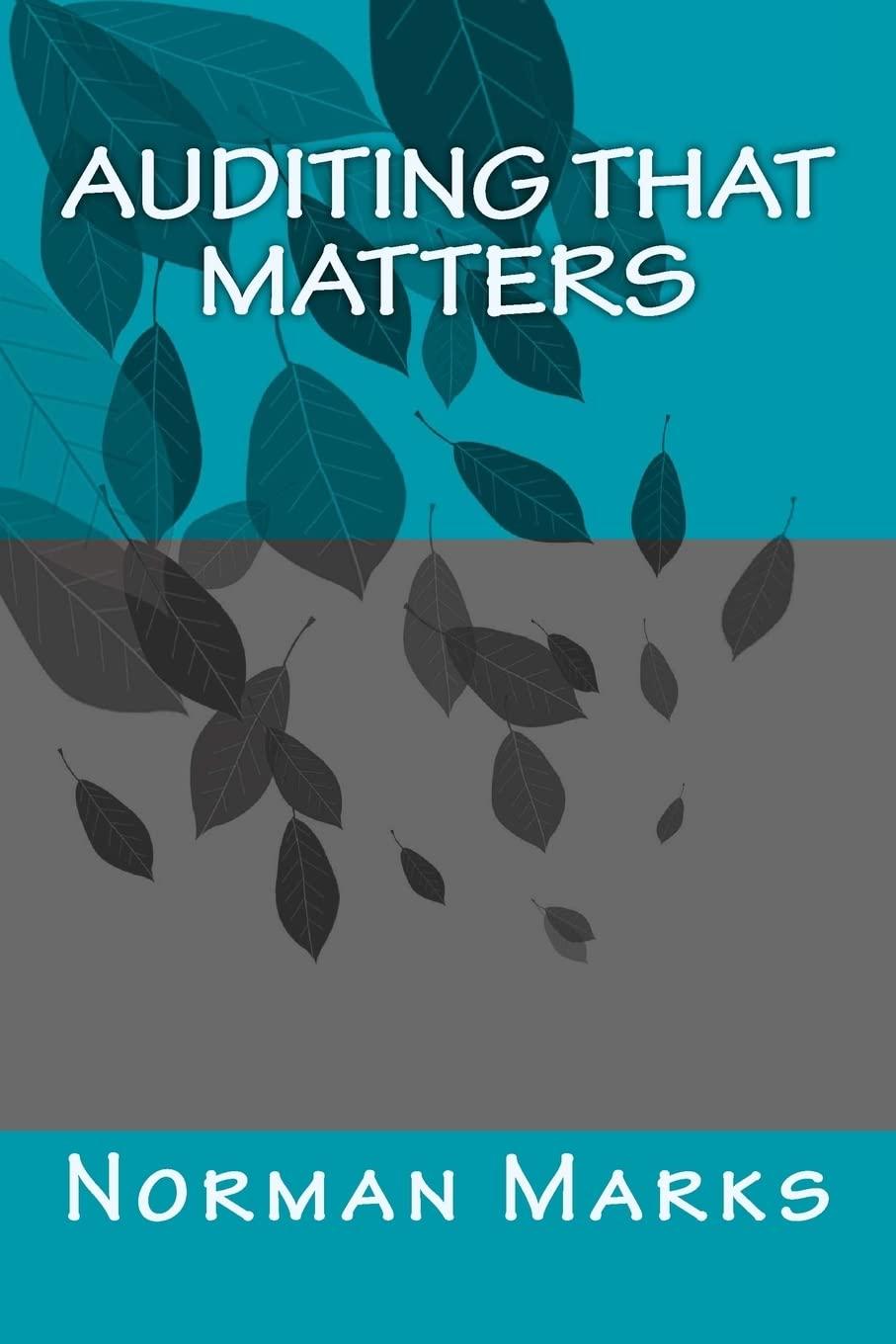Miller Company acquired an 80 percent interest in Taylor Company on January 1, 2016. Miller paid $936,000 in cash to the owners of Taylor to acquire these shares. In addition, the remaining 20 percent of Taylor shares continued to trade at a total value of $234,000 both before and after Miller's acquisition On January 1, 2016. Taylor reported a book value of $462,000 (Common Stock = $231,000, Additional Paid In Capital = 569,300, Retained Earnings = $161,700). Several of Taylor's buildings that had a remaining life of 20 years were undervalued by a total of $61,600 During the next three years, Taylor reports income and declares dividends as follows: -Year 2016 2017 2018 Net Income $ 54,100 70,200 78.000 Dividends $ 7.800 11,700 15,600 Determine the appropriate answers for each of the following questions: a. What amount of excess depreciation expense should be recognized in the consolidated financial statements for the initial years following this acquisition? b. If a consolidated balance sheet is prepared as of January 1, 2016, what amount of goodwill should be recognized? c. If a consolidation worksheet is prepared as of January 1, 2016. What Entry S and Entry A should be included? LH DUI De Lula d. On the separate financial records of the parent company, what amount of investment income would be reported for 2016 under each of the following accounting methods? The equity method. The partial equity method. The initial value method. e. On the parent company's separate financial records, what would be the December 31, 2018, balance for the Investment in Taylor Company account under each of the following accounting methods? The equity method The partial equity method. The initial value method. f. As of December 31, 2017 Miller's Buildings account on its separate records has a balance of $624,000 and Taylor has a similar account with a $234,000 balance. What is the consolidated balance for the Buildings account? g. What is the balance of consolidated goodwill as of December 31, 2018? h. Assume that the parent company has been applying the equity method to this investment. On December 31, 2018 the separate financial statements for the two companies present the following information: Common stock Additional paid-in capital Retained earnings, 12/31/18 Miller Company $ 390,000 218.403 483,600 Taylor Company $ 231,000 69.300 328,900 What will be the consolidated balance of each of these accounts? Complete this question by entering your answers in the tabs below. Req A and B Reg C Reg D and E Req F and G ReqH a.What amount of excess depreciation expense should be recognized in the consolidated financial statements for the initial years following this acquisition? b. If a consolidated balance sheet is prepared as of January 1, 2016, what amount of goodwill should be recognized? a. Amount of excess depreciation b. Amount of goodwill Reqc > View allsacuon list Consolidation Worksheet Entries Prepare entry S. Note: Enter debits before credits. Event Accounts Debit Credit January 01, 2016 Prev 1 of 4 !!! Next > WIR WERFUL W ORLUL LUI IULUI Complete this question by entering your answers in the tabs below. Req A and B Reg C Reg D and E Reg F and G ReqH D d. On the separate financial records of the parent company, what amount of investment income would be reported for 2016 under each of the following accounting methods? e. On the parent company's separate financial records, what would be the December 31, 2018, balance for the investment in Taylor Company account under each of the following accounting methods? Show less d. Investment Investment Income Balance The equity method The partial equity method The initial value method Complete this question by entering your answers in the tabs below. Reg A and B ReqC Reg D and Reg F and G ReqH f. As of December 31, 2017, Miller's Buildings account on its separate records has a balance of $624,000 and Taylor has a similar account with a $234,000 balance. What is the consolidated balance for the Buildings account? g. What is the balance of consolidated goodwill as of December 31, 2018? Consolidated balance 9. Consolidated balance














